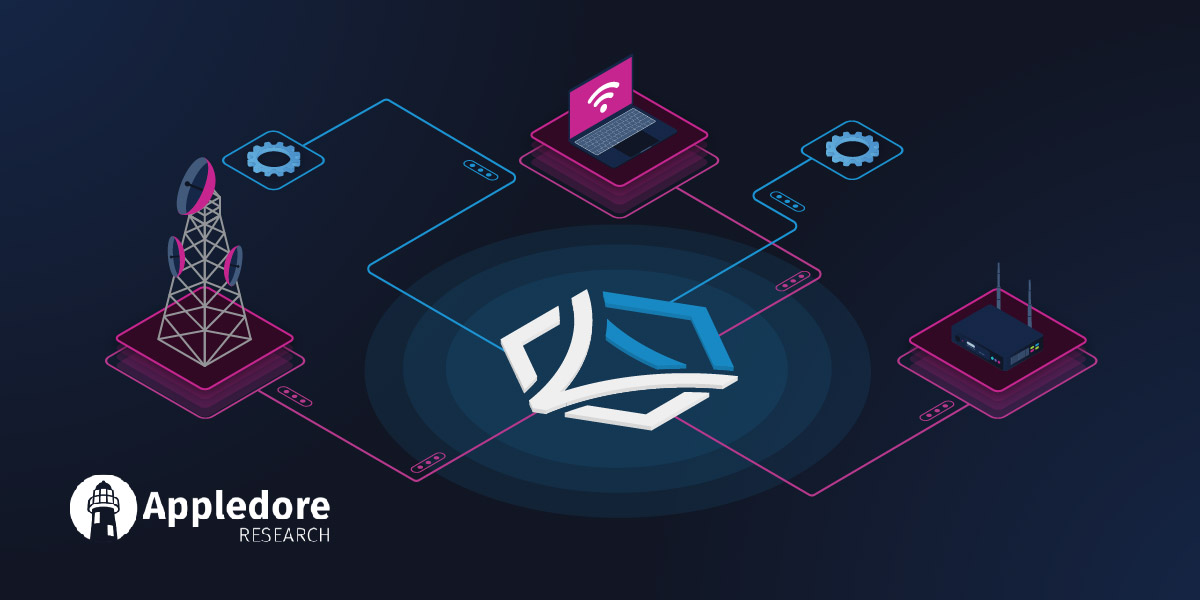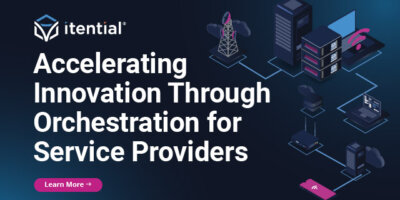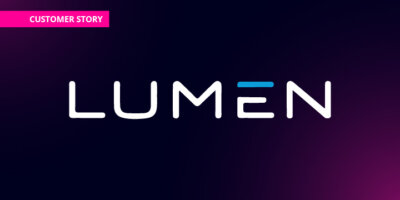The past few years have seen enterprise organizations make rapid leaps forward in terms of how they leverage networking and infrastructure technology to serve the business. This evolution is driven by the rise of public cloud environments, the importance of digital commerce and distributed business, and the increasing importance of application development in enterprise.
For service providers, this represents a significant opportunity — Appledore Research has identified this “next wave of digital services” as potentially worth over $100B in incremental revenue. The catch? Service providers must transform and evolve to achieve the agility and efficiency they need to build and deliver complex, multi-domain, customizable services at scale. See my companion blog for a rundown on these new services and the $100B revenue opportunity they present — or keep reading to dive into Itential’s solution.
In their recent Solution Profile report on Itential, Acceleration Through Orchestration, Appledore points to Itential as an ideal solution for service providers to transform. The report highlights our multi-domain orchestration capabilities and the ability for providers to move away from brittle OSS stacks for more agile changes. “In Appledore’s view,” the report says, “Itential offers a timely proposition for where telecom is headed and what it needs to get there.”
OSS & Service Orchestration: Why Telcos Need to Evolve
“To understand Itential,” Appledore’s report says, “one should first understand the emerging telco OSS environment.”
Traditionally, support environments for service operations were bespoke and built around specific, well-defined services which required significant time and investment to create. At the same time, operations teams purchased or developed their own tools for operating the network. This has resulted in two distinct software stacks: one stack that handles order management and fulfillment, and another stack that handles operations.
This creates obvious problems. Service providers would end up with multiple tools interfacing with the same network elements, increasing the potential for error and increasing the cost to operate their business. In addition, the OSS/order management stacks can be “brittle and fragile (and often service-specific).” The inflexibility of this traditional OSS model isn’t standing up to the agility and customization that enterprise customers are demanding today.
The answer? Service providers must transform and find alternatives to traditional OSS. This isn’t as extreme as it might sound, though — the programmability and flexibility provided by modern network technology and the rising number of infrastructure vendors who expose services through APIs will allow service providers to take advantage of orchestration and meet the demands of advanced enterprise customers. The key step is adopting the right platform.
Itential Is in the Sweet Spot for Telco Transformation
Itential provides the orchestration and integration capabilities service providers will need to rapidly and easily compose customized services out of existing API-enabled infrastructure components. The Appledore report states that “future services will be created by linking capabilities across multiple enterprises — the telco is simply one of those enterprises in the API-driven digital value chain.”
The goal is to remove the need for separate order management/fulfillment and operations stacks and transition to a new model, a next generation for OSS. If “every technology type within the network, and every legal entity (e.g. enterprise, public cloud) is a self-managing entity or domain,” and these domains each expose their capabilities with APIs, then “telcos [can] build complex network services out of multiple APIs.” This is the model that Itential seeks to introduce to the market — and this is how service providers can accelerate through orchestration to meet the demands of advanced enterprise customers.
Here’s how the Appledore report describes it:

“Rather than dealing with the particulars of a technology (such as IP routing and switching) or creating instances of well-defined and modeled services (e.g.: a MEF E-Line), Itential’s form of orchestration might combine an E-line along with a cloud-based security service, and a secure tunnel to a specific set of public cloud or as-a-Service services that exist outside of the telco or enterprise’s networks. In other words, it links together a set of APIs and provides the intent-based information required to configure each service exposed by those APIs. It simplifies and speeds service composition, unleashing innovation.”
– Appledore Research
Let’s dive into how it actually works.
Itential leverages a patented API-driven integration model that can auto-generate integrations to any system using an existing API document as a starting point. Then, by modeling data with JSON, it enables users to build workflows that string together inputs and outputs from any infrastructure component and translate data in between steps to ensure each underlying system gets its input(s) in the format(s) it needs.
The platform provides a central, single-platform layer of abstraction that consumes and consolidates all underlying components to make it easier for users to create new orchestrations to create services and operate the network. Then, users are able to expose any composed service or capability to northbound systems (order management, ITSM, CI/CD pipelines, etc.) through Itential’s API.
Appledore identifies the following Itential capabilities as key features for supporting telco transformation and bringing together order fulfillment and operations:
- Low-code interface for designing service workflows and automation assets.
- Integration gateway capabilities to onboard DevOps and related technologies including Ansible, Terraform and OpenTofu, Python, NETCONF, and GNMI.
- The ability to choose on-premises, public cloud, or private cloud deployment.
- Comprehensive support for network automations across multiple domains including mobile RAN, Edge, and Core network domains.
Using these capabilities, service providers will be able to rapidly orchestrate new services across any infrastructure and network components their customers need. Itential provides the most efficient route toward next generation OSS by enabling the agility and velocity service providers and their customers are looking for to enable innovation.
For additional information and analysis, dive into the full Itential Solution Profile by Appledore Research here.





